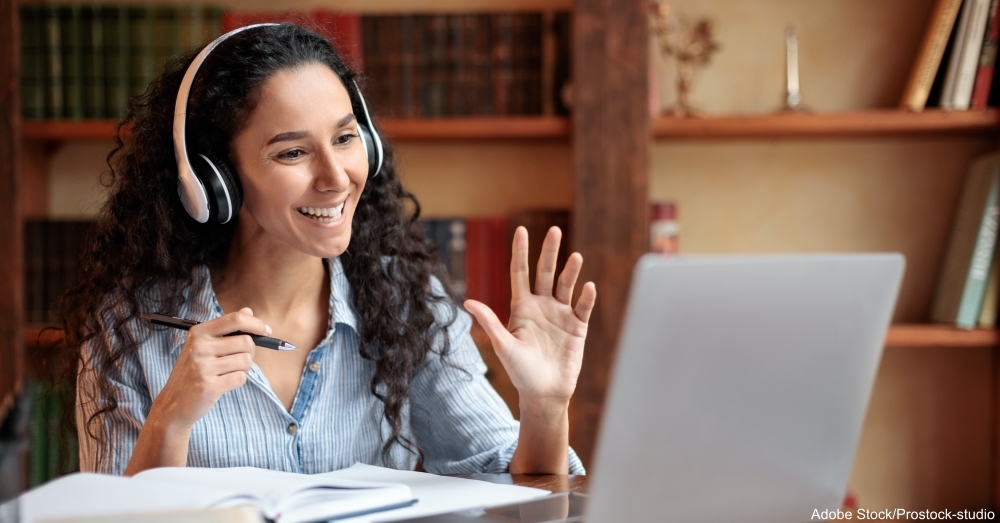Teachers are a special breed, but some teachers are truly one-of-a-kind. Such is the case with Glenda Liner, a special education teacher on Chicago’s South Side who decided to go above and beyond to make sure her students had exactly what they needed to succeed.
Before the school year began, Glenda was worried about the newcomers to her class—the students she hadn’t met yet and didn’t know how to help. So she decided to visit each of them personally at their houses (from a safe distance, of course) to meet them and talk about how she could help them during the school year.

“It made a difference,” says Glenda, who has been an educator for 20 years. “Can they write? Do they need occupational therapy? I need to see them.”
Glenda teaches kindergarteners, first graders, and second graders on the autism spectrum. That one in-person check-in with each individual student helped her understand her new students’ skills and needs.
With the COVID-19 pandemic that occurred during this school year and last, Glenda has had to juggle two groups of students—remote learners and in-person learners. All the same, Glenda says her students have done well in picking up new skills, completing science experiments, and surprising her with their insights.

In some ways, Glenda says she likes remote learning better than in-person because it helps keep the kids from getting distracted.
“If you teach the parent how to pin the screen, the student is only looking at you and only talking to you,” she says. “That’s what has made this so special. You can talk to a child and they can feel like you are only talking to them because they only see you. I’ve gotten more from some students remotely than I ever would have in the classroom.”
READ RELATED: Brits are arrested for flouting Covid-19 rules with 2am lock-in at a Thai red district bar
It helps if the child can be alone in a room with a parent checking in on them every few minutes, Glenda advises. Headphones can also help keep a child from getting distracted.

Still, Glenda says it’s difficult not having the ability to be hands-on with some of her students, take them on field trips, etcetera. “With parents, I’ve kind of taught them how to be the paraprofessionals, since most of my students need hand-over-hand assistance or verbal prompting.”
But one of the most difficult challenges is just getting parents to let their kids do things on their own.
“I’m not always looking for the correct answer immediately; I’m looking for them to process the question I’m asking them. That’s hard. Don’t give them the answer!” she says.


Glenda says she loves those moments when she can get a child to talk who doesn’t ordinarily speak, or when a parent realizes for the first time how much their child actually knows and understands.
“Just because he’s nonverbal doesn’t mean he doesn’t understand what’s going on around him!” says Glenda.
The lesson here, Glenda says, is to be flexible. These kids learn in different ways, but they’re totally capable of learning. She hopes parents will see opportunities to teach their children in their everyday lives and seize those little teaching moments.
Source: The Autism Site Blog




